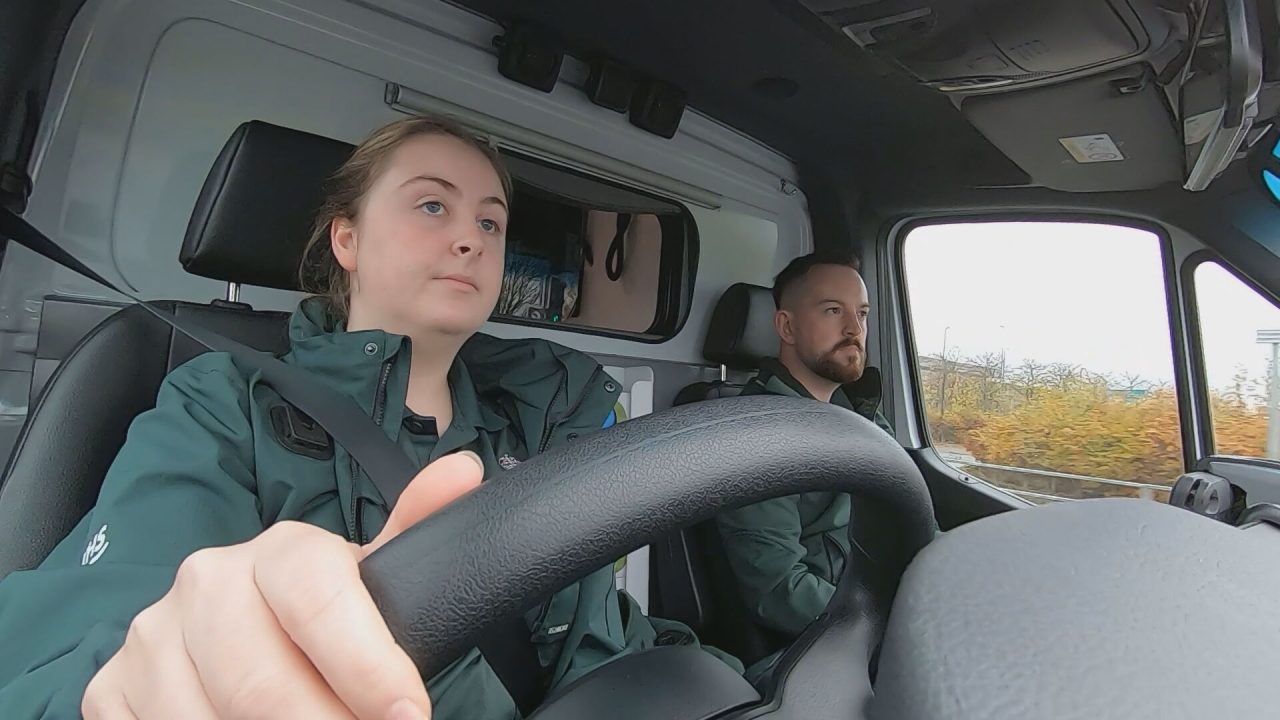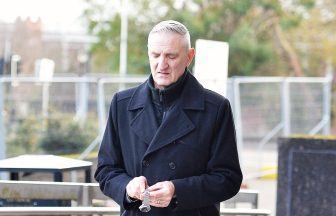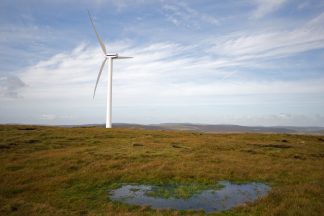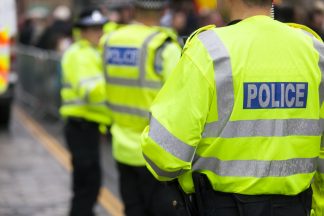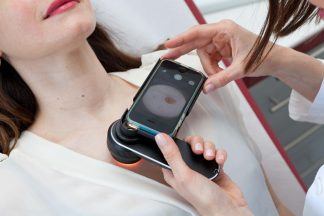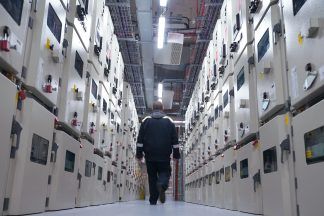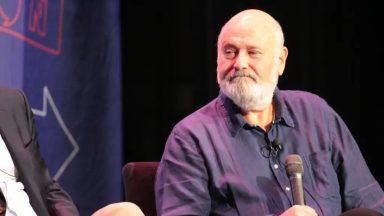Pressure is beginning to build on the health service with paramedics braced for their busiest time of year.
Ambulance workers say the long waits seen at A&E departments during the pandemic are far less common now thanks to the use of procedures such as referral pathways.
Stewart Ramsay has worked with the Scottish Ambulance Service for eight years.
He said: “Things right now are great compared to how they were say two years ago and towards the end of Covid when there was still lots of staff shortages and the hospitals were rammed full of people.
“We were waiting outside for eight hours, ten hours sometimes with people, and that’s just not happening anywhere near as much now.
“I think a lot of it has to do with pathways that have been put in place to give us another option from taking people to hospital.
“And there’s also a lot going on behind the scenes at the hospitals which are improving flow and improving our waiting times.”

“There are going to be situations that we can’t get around.
“It does worry you, but you’ve just got to really deal with what you’re faced with at the time. You can’t really think too much about what ifs, you just need to kind of do your best for your patients.”
Last month the Scottish Government announced £50m to help recruit more frontline staff for the Scottish Ambulance Service as part of its Winter Plan for the NHS.
There have been 135 of 317 workers recruited so far.
The target is for the remainder to join by the end of March 2024.
Additional clinicians are also being introduced into the Service’s Integrated Clinical Hub.
It triages less seriously ill patients who don’t need to go to A&E to receive care, freeing up more ambulances.
Ambulance technician Toni Boyd qualified a year ago and has spent two years on the road.
She said: “We are starting to see it pick up a bit now.
“The demand on the service just gets much greater over the winter months.
“People can sometimes wait a bit longer for us to get there because more people are phoning for help.
“There are people working behind the scenes to make sure people aren’t waiting as long as they are, but unfortunately sometimes it just can’t be avoided.
“We do our best to see everybody but people just wait a little bit longer.”
She added: “We always apologise for the wait and most people are understanding. It’s become a normal part of introducing yourself.”
Ellie Brown qualified as a paramedic in August, having moved from Edinburgh to train at Glasgow Caledonian University.

“I always wanted to work in healthcare. The nature of the work and the changing environment really appealed to me.
“You’re seeing lots of different people and you learn so much from them. I’ve loved it so far.
“It has been challenging at times. I feel a lot of pressure to make the right decisions. But I work with a lot of great people and I’ve been able to put my skills to good use.”
Laura Robb left her job as a teacher in Glasgow’s east end to train as a paramedic in 2019.
“It’s been great – a big change from my last job,” she said.
“It’s been challenging and a big learning curve over the last year. You get a lot more autonomy in your job than in university.
“I love being out on the road. I get satisfaction from helping people and the variety.
“You do something different every single day. You feel like you’re making a difference to people’s lives.”
Follow STV News on WhatsApp
Scan the QR code on your mobile device for all the latest news from around the country


